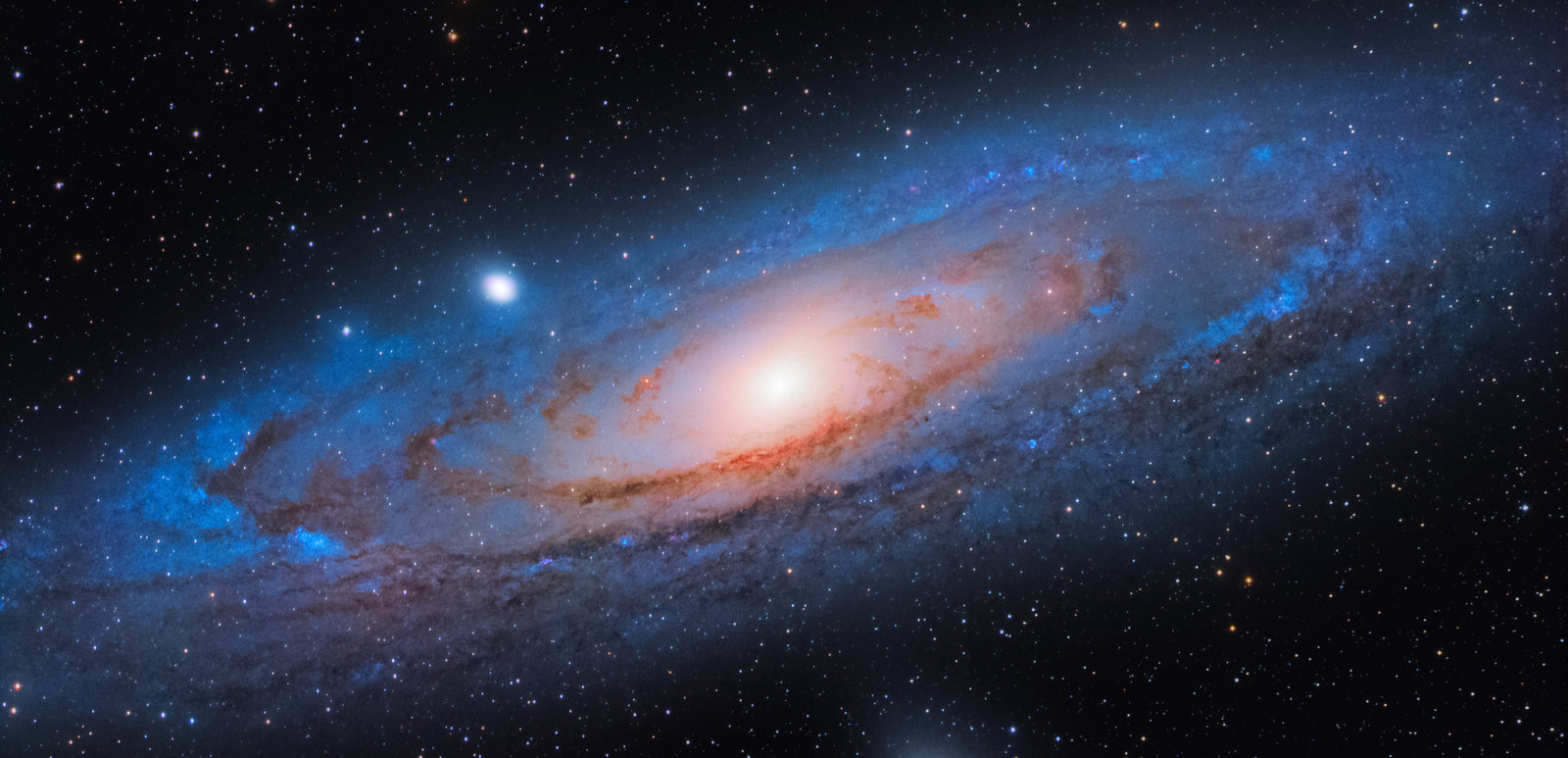Can you use other cameras for autoguiding?
Yes, absolutely! In fact, you can use just about any type of camera for autoguiding, as long as it's sensitive enough to pick up stars. However, we don't normally recommend using large sensor cameras for autoguiding because they can introduce flexure and unnecessary weight when paired with a guide scope. You can, however, use just about any monochrome planetary camera as a guide camera successfully. Can you use a guide camera as a planetary camera? You can, but due to the limited frame rates on most guide cameras, it won't be as good as using a proper planetary camera.
What is autoguiding?
Autoguiding is using a separate camera from your main imaging camera to make your tracking more accurate during long exposures for deep sky astrophotography. When done properly, autoguiding can increase your exposure length by roughly 5x longer before star trails begin to occur. Autoguiding works by using the guide camera to watch a star, and if that star begins to drift by even a pixel, it can communicate with your tracking mount to make the necessary corrections. It makes these tiny corrections while your main camera is exposing, so you end up with a sharp image without any star trails. There are two main ways to do autoguiding: with a guide scope, which is like a mini telescope that sits on top of your main telescope, or with an off-axis guider.
What is the best guide camera for deep sky astrophotography?
The best guide cameras for deep sky imaging are those that are the most sensitive. The ZWO ASI290MM guide camera is one of the most widely used cameras for autoguiding, but the ZWO ASI174MM and the StarlightXpress Ultrastar are even more sensitive.
Do you need a guide camera for astrophotography?
Yes, if you want to take sharp, detailed images of the night sky, then you will need a guide camera. A guide camera helps you align your telescope and tracks the motion of celestial bodies while they move through the sky. This is especially important for long-exposure imaging when you are trying to capture faint objects like galaxies and nebulae.












